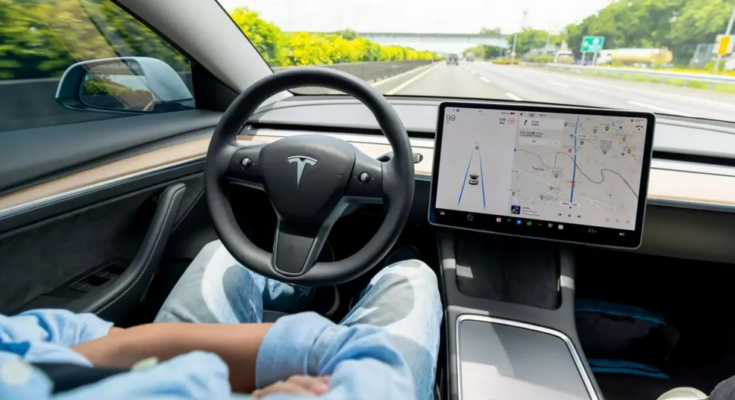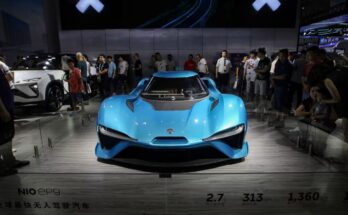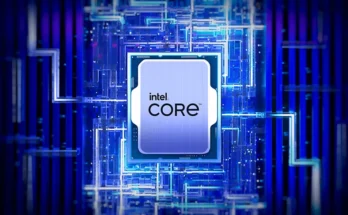Key Takeaways
- A full self-driving Tesla is being investigated by the NHTSA.
- Regulators are worried that crashes with poor visibility might have been caused by FSD.
- Only a few days have passed since Tesla unveiled its driverless Cybercab.
A preliminary investigation of Tesla Full Self-Driving has been launched by the National Highway Traffic Safety Administration (NHTSA) in response to multiple crash complaints, including one that claimed a life.
The regulator found four crashes (not shown above) in which “reduced roadway visibility conditions,” such as fog, dust, or glare, contributed to the use of Full Self-Driving Beta or Full Self-Driving Supervised (FSD). In one crash, a pedestrian was killed, while in another, someone was injured.
Approximately 2.4 million Tesla vehicles, including the Model S, 3, X, Y, and Cybertruck, manufactured between 2016 and 2024, are included in the “preliminary evaluation” of the self-driving technology.
Officials are interested in whether upgrades have impacted performance and how effectively FSD can adapt to decreased visibility. In addition, the NHTSA wants to determine whether FSD and visibility contributed to any additional crashes and how well it responded overall.
Tesla has not responded to the inquiry since disbanding its PR department years ago. The CEO of the business, Elon Musk, continues to be silent.
Since October 2016, when Tesla initially exhibited what it claimed to be full autonomy, full self-driving has been criticized. The company’s Autopilot software lead eventually acknowledged that the test was faked, despite Musk’s insistence that the demo car driver was “not doing anything.”
Since then, Musk has maintained that Tesla would provide fully autonomous driving in a year or two, but has since failed to deliver on his promises. In an attempt to provide the software to the public, the manufacturer started the FSD Beta program in October 2020, but there were complaints about the incomplete program practically immediately. In February 2023, the NHTSA recalled FSD due to worries that it raised the possibility of collisions.
Tesla recently unveiled the Cybercab robotaxi and its Robovan counterpart at the “We, Robot” event on October 10th, so the timing might be disastrous. That car, which is anticipated to cost less than $30,000 and go into production as early as 2026, is devoid of pedals and a steering wheel.
The inquiry won’t necessarily prevent or postpone the Cybercab or FSD rollouts. It does, however, attract attention at a time when Tesla is attempting to boost trust in its autonomous system. Additionally, the NHTSA may push for modifications that might modify Tesla’s schedule if it determines there is a significant problem.



